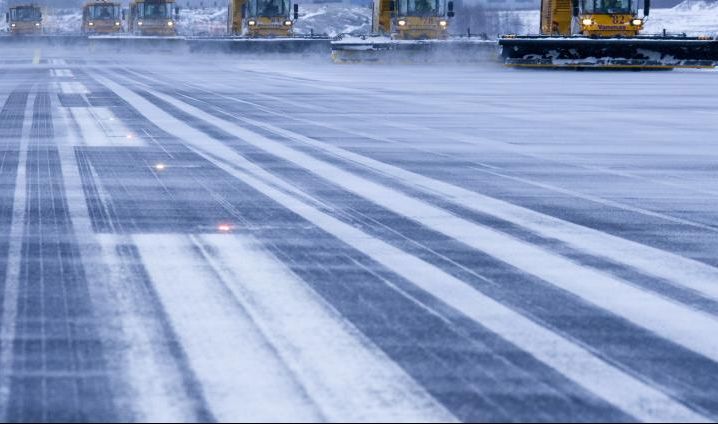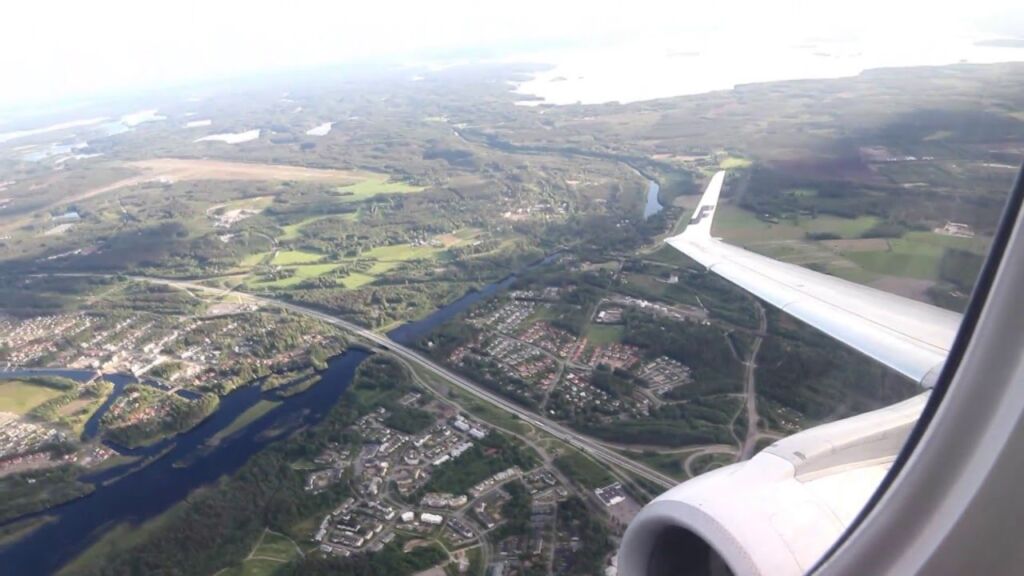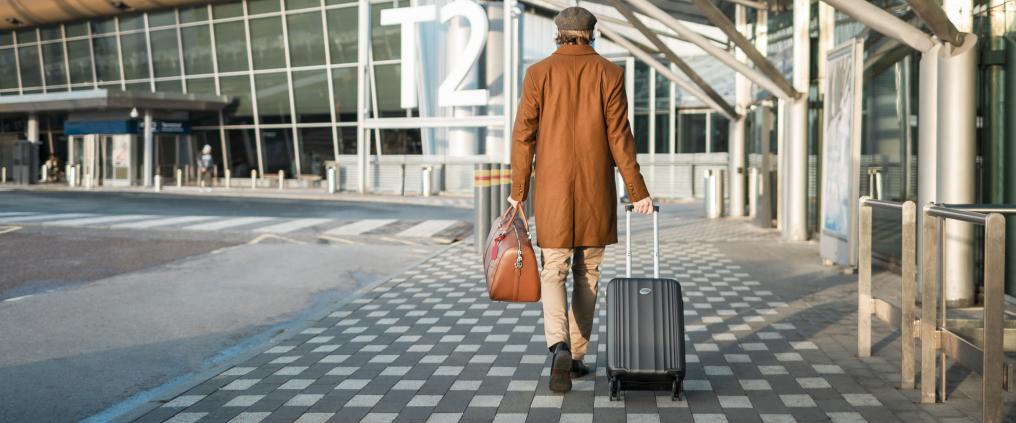“We have worked hard to cut emissions resulting from our own operations and do our part in reducing emissions from air traffic. All our 21 airports have achieved carbon neutrality this year. The reduction of the carbon footprint of our Lapland Airports has now also been recognised with an international and institutionally endorsed Airport Carbon Accreditation certification. Helsinki Airport was already certified in 2017,” says Henri Hansson, Finavia’s SVP and Technical Director, who is responsible for company’s sustainability.
According to Hansson, CO2 emissions per passenger at the airports have fallen by 68% over the past ten years thanks to measures taken by Finavia to curb climate change. Between 2007 and 2018, CO2 emissions per passenger fell from 2.2 kg to 0.7 kg.
“We only use wind power. Helsinki Airport also has its own solar power plant on the terminal roof. At Helsinki Airport and Lapland Airports, the fuel for our ground fleet vehicles has been replaced with renewable diesel produced from waste and residue.”
At regional airports, Finavia uses renewable sources of energy, such as pellets, for heating when possible. Half of them are heated using Finnish wood biofuel.
Finavia has offset the remaining emissions, which consist of emissions such as those resulting from company’s business travel. This way, Finavia has been able to achieve carbon neutrality. Now, the share of emissions that is being offset is 45%.
“We are constantly working to reduce emissions by taking practical measures such as increasing the use of renewable sources of heat as well as renewable diesel and acquiring electric cars and electric ground fleet vehicles for our airports,” says Hansson about future measures.
By offsetting emissions, Finavia funds Gold Standard-certified projects, which reduce emissions elsewhere. At the moment, Finavia supports a large-scale project in Ghana that aims to reduce the cutting down of local forests for firewood with the help of more efficient stoves. Thanks to the project, Ghana can reduce its CO2 emissions by a million tonnes while generating local jobs and wealth.
According to Hansson, the carbon neutrality of airports is an important sustainability step. Finavia’s next target is zero emissions.
“This means zero CO2 emissions without offsetting. In June, we signed a pledge by ACI EUROPE (Airports Council International). With this pledge, dozens of airport operators from all parts of Europe have committed to achieving net-zero emissions by 2050. In Finland, we will seek to reach this goal as early as during the 2030s.”
Information about the carbon neutrality certification process for airports
Finavia is part of the joint commitment of the European airport industry to have 100 carbon-neutral airports in Europe by 2030. Finnish airports operated by Finavia comprise 20% of this goal.
Finavia joined the ACA programme eight years ago. Helsinki Airport was certified as carbon neutral in 2017 and Lapland Airports in 2019. Thanks to offsetting, other Finavia airports also achieved carbon neutrality in 2019, a year earlier than planned. Due to the faster schedule, the other airports were not yet part of the certification process.
The international Airport Carbon Accreditation programme consists of four levels. At Level 1, the airport must monitor the CO2 emissions resulting from its operations. At Level 2, the airport must show that emissions are being reduced. At Level 3, the airport operator must engage other businesses operating at the airport in emissions reduction. At the highest level, Level 3+, the airport must offset its remaining CO2 emissions. The airport can then be certified as carbon neutral.








